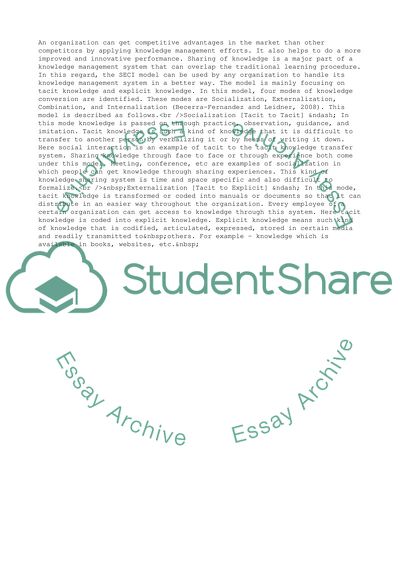Cite this document
(Effective Knowledge Management System Case Study, n.d.)
Effective Knowledge Management System Case Study. Retrieved from https://studentshare.org/management/1653855-mckinsey-case-study
Effective Knowledge Management System Case Study. Retrieved from https://studentshare.org/management/1653855-mckinsey-case-study
(Effective Knowledge Management System Case Study)
Effective Knowledge Management System Case Study. https://studentshare.org/management/1653855-mckinsey-case-study.
Effective Knowledge Management System Case Study. https://studentshare.org/management/1653855-mckinsey-case-study.
“Effective Knowledge Management System Case Study”. https://studentshare.org/management/1653855-mckinsey-case-study.


